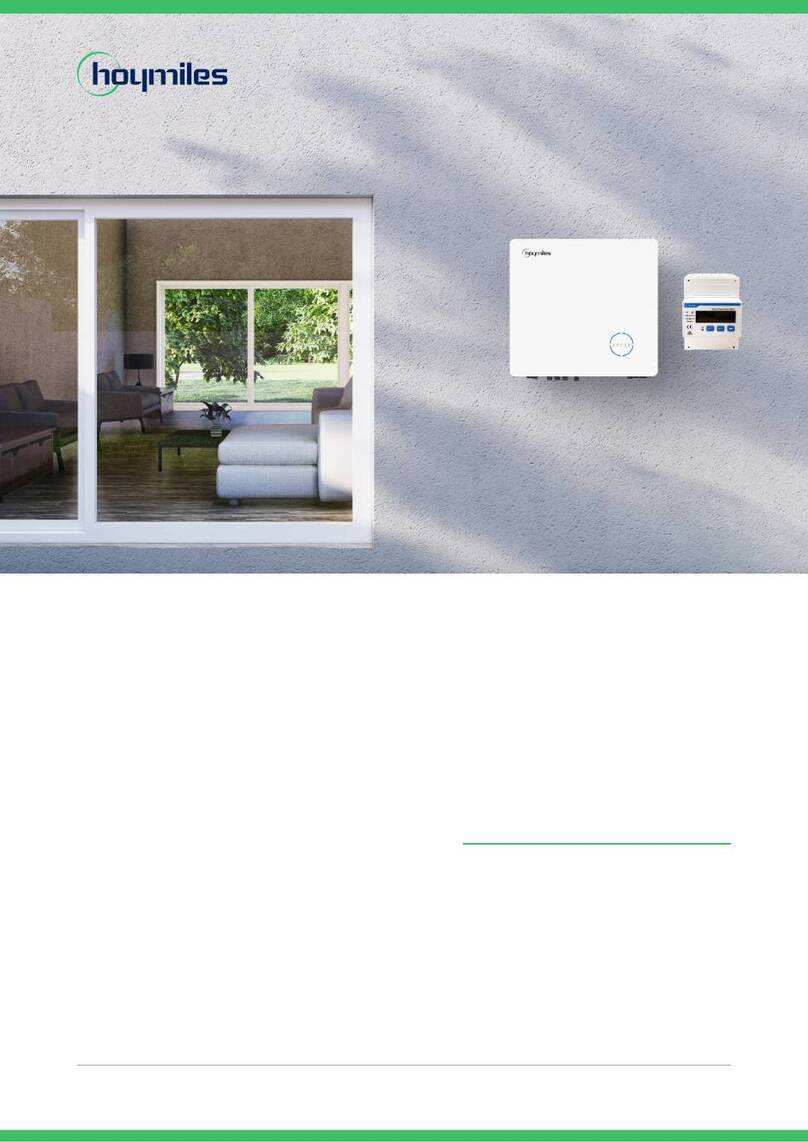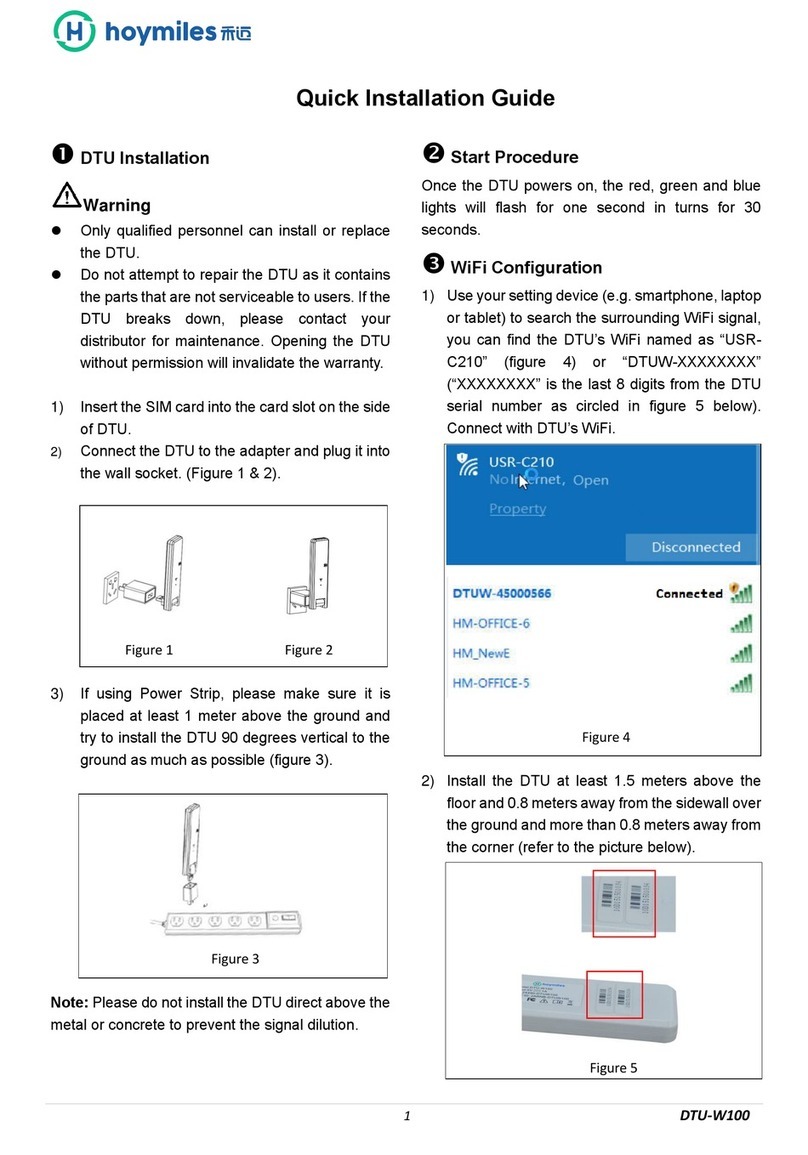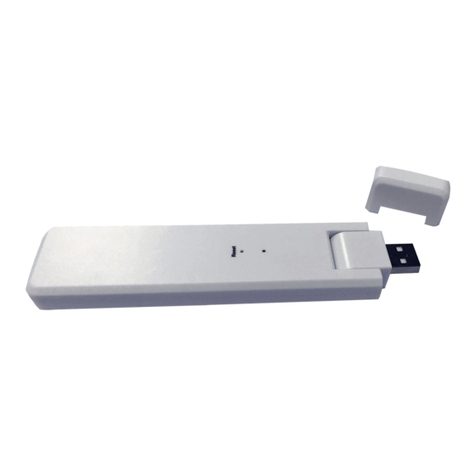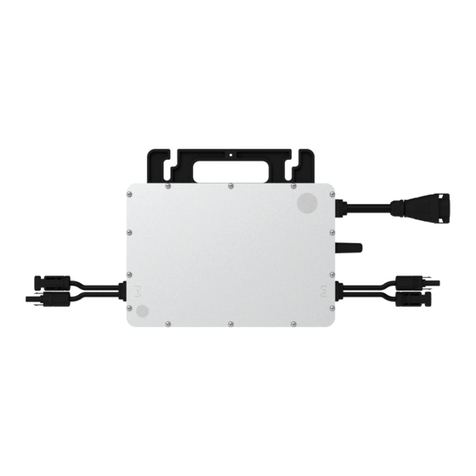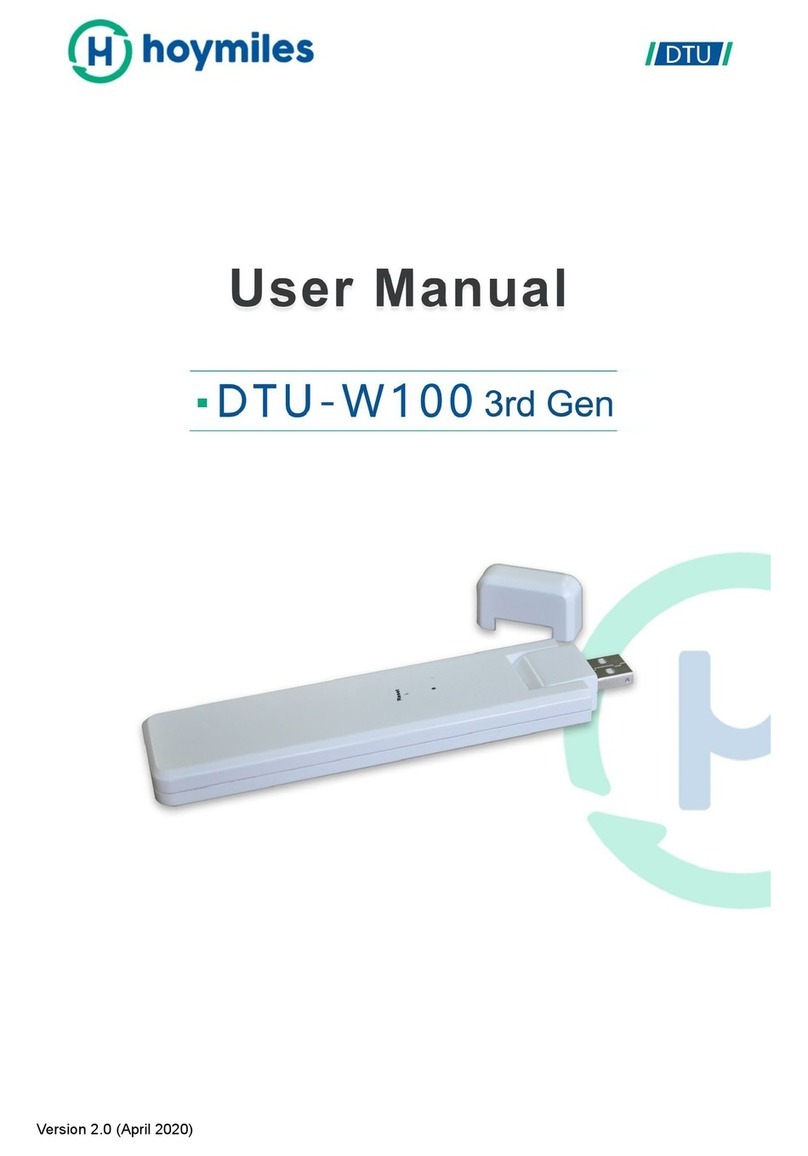
Contents
1. Safety precaution................................................................................................................................2
1.1 Storage and installation environment...........................................................................................2
1.2 Battery safety guidelines..............................................................................................................2
1.3 Warning signs and stickers ..........................................................................................................2
1.4 Emergency handling ....................................................................................................................3
2. Product description .............................................................................................................................4
2.1 Product introduction .....................................................................................................................4
2.2 Appearance and packing list ........................................................................................................5
3. Installation guide.................................................................................................................................7
3.1 Environmental requirements ........................................................................................................7
3.2 Installation physical requirements ................................................................................................8
3.3 Installation....................................................................................................................................9
3.4 Installation steps ..........................................................................................................................9
4. Electrical connections .......................................................................................................................13
4.1 Grounding instructions ...............................................................................................................13
4.2 Grounding instructions and preparation .....................................................................................14
4.3 Power line connection................................................................................................................14
4.4 Cable making............................................................................................................................. 15
4.5 Cable connection .......................................................................................................................15
5. System debugging ............................................................................................................................17
5.1 System power-on....................................................................................................................... 17
5.2 System outage........................................................................................................................... 17
5.3 Display description.....................................................................................................................17
6. Maintenance manual/general troubleshooting .................................................................................. 18
6.1 Routine maintenance .................................................................................................................18
6.2 Fault treatment........................................................................................................................... 18
7. Warehouse storage guidelines ......................................................................................................... 20
7.1 Packaging Guidelines ................................................................................................................20
7.2 Storage ...................................................................................................................................... 20
8. Dispose of used batteries ................................................................................................................. 21
9. Detailed specifications ......................................................................................................................21












